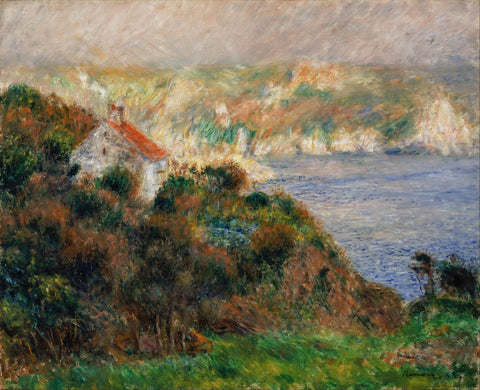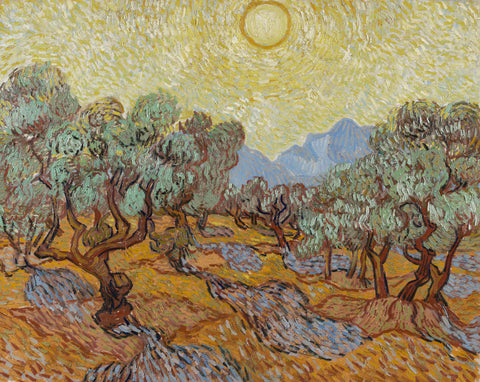Introduction:
Impressionism, a groundbreaking movement in the world of painting, emerged in the late 19th century as a bold departure from the academic art of the time. Characterized by a desire to capture the fleeting effects of light and color, Impressionism changed the way we perceive, understand, and appreciate art. In this blog post, we'll explore the defining features of Impressionism, its history, and the lasting impact it has had on the art world.
Origins and Historical Context:
Impressionism originated in France during the 1860s and 1870s, amidst a time of social and cultural change. The Industrial Revolution had transformed the urban landscape, and there was a growing interest in depicting modern life. The Impressionists, a group of artists including Claude Monet, Edgar Degas, Pierre-Auguste Renoir, and Camille Pissarro, broke away from traditional methods and subjects, choosing instead to paint everyday scenes and moments, often outdoors ('en plein air').
Key Characteristics of Impressionism:
-
Loose Brushwork: Impressionist paintings are renowned for their visible, often thick brushstrokes, which gave the artwork a sense of immediacy and vibrancy.
-
Light and Color: Instead of focusing on meticulous detail, Impressionists sought to capture the transient effects of light and its changing qualities on the landscape and objects. They often used bright, pure colors, with little mixing, to create a vivid and dynamic composition.
-
Ordinary Subject Matter: Moving away from historical, religious, and mythological themes, Impressionists painted everyday life, landscapes, and scenes from urban settings, bringing a new, modern perspective to the canvas.
-
Unique Perspectives and Angles: Impressionists often chose unusual angles and compositions, giving the viewer a sense of being part of the scene.
Impact and Influence:
The initial reaction to Impressionism was one of shock and criticism. The unconventional techniques and the seemingly unfinished appearance of the works were a stark contrast to the smooth, detailed paintings revered at the Paris Salon. However, quite quickly, Impressionism gained popularity and acceptance, paving the way for various modern art movements, including Post-Impressionism, Fauvism, and Cubism. The speed in which the impressionism movement gained acceptance can largely be attributed to Monet and his painting Impression Sunrise.

Impressionism's Legacy:
The legacy of Impressionism is vast. It marked the beginning of the modern art movement, challenging artists to explore new techniques, perspectives, and subjects. The emphasis on light and color has influenced generations of artists, encouraging them to experiment with their perceptions and representations of the world.
Conclusion:
Impressionism was more than just a style of painting; it was a radical rethinking of what art could be. It broke down barriers, challenged norms, and opened up a world of possibilities in artistic expression. Today, Impressionist paintings are some of the most beloved and celebrated works in the art world, continuing to inspire and captivate audiences with their timeless beauty and revolutionary spirit.




Comments (0)
There are no comments for this article. Be the first one to leave a message!